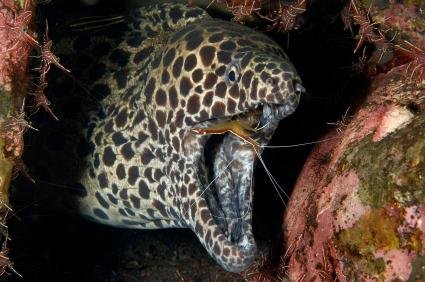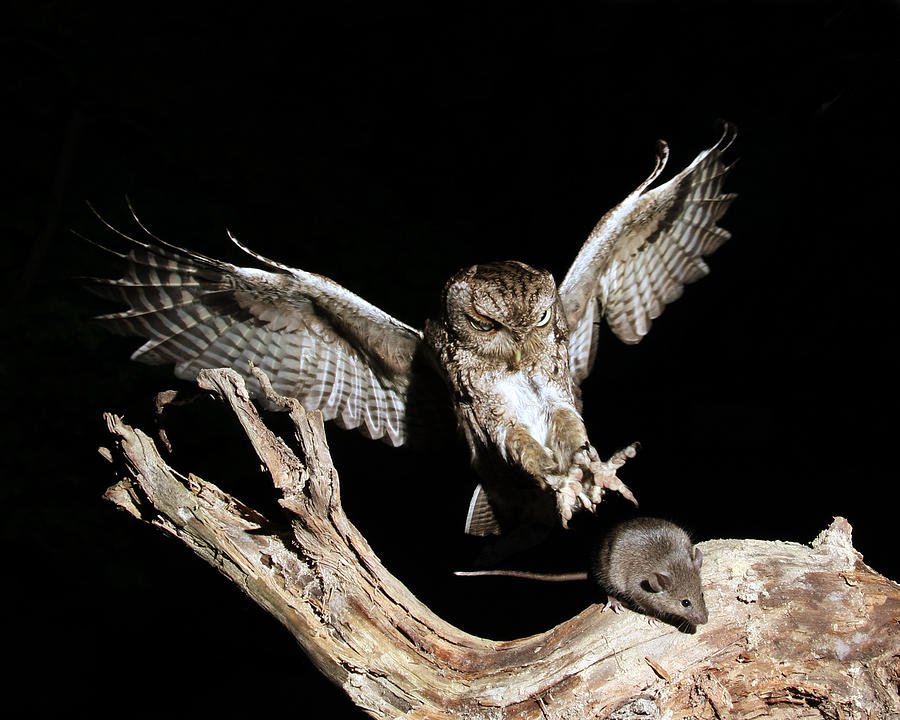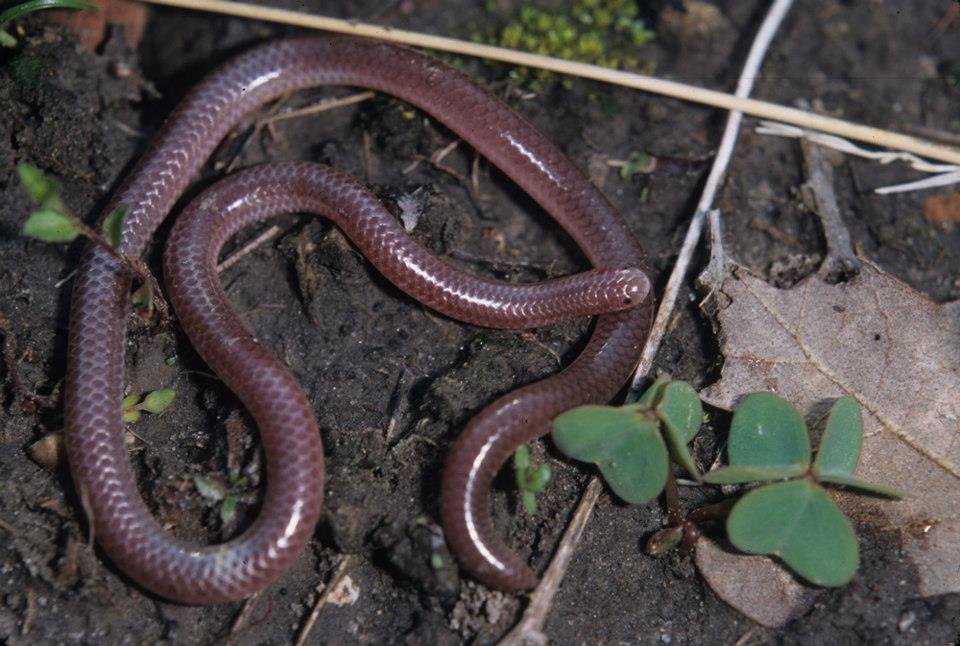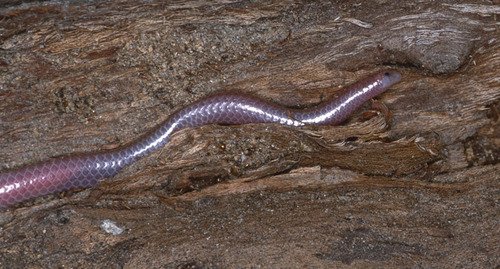I sometimes find myself having to remind our museum guests that life is not like a Disney movie. Thanks to film and pop culture, many people seem to believe that animals all get along with one another and live long, happy lives together in the wild. In reality, while sometimes cute and adorable, life in the wilderness can be tragically and brutally cut short; every day, plants and animals have to fight for their survival, a fight our species has largely forgotten. However, out of the harsh competition and eternal struggle, unlikely partnerships do emerge, and some of these team-ups are so bizarre that they seem like something out of a children's film.

There are a lot of interesting animal relationships out there that have benefits for both parties involed; ants and aphids, fish and cleaner shrimp, zebras and oxpeckers, these animals seemingly work together to make life more bearable. In biology, these are known as symbiotic relationships, where the species involved have formed a sort of partnership that benefits one or both species and increases their chances for survival. Sometimes the interactions may be brief, while others work together for generations, and have become wholly reliant on one another.

This eel is not eating the shrimp; like going to the dentist, the eel allows the shrimp to clean and pick parasites out of its mouth. The eel stays clean and healthy, and the shrimp gets a meal.
Despite their small size (6-10 inches) and adorably fluffy appearance, eastern screech owls are formidable hunters. Found all across eastern North America, the screech owl is a nocturnal bird of prey armed with keen senses and silent flight (unlike most birds with stiff feathers, owls have soft downy feathers that reduce noise when flying. In our aviary, it's almost impossible to hear one fly right past your head). They primarily hunt rodents, but will not pass up on smaller birds, amphibians, reptiles and insects if the opportunity arises. Under the cover of darkness, these seemingly frail birds take down their prey before it even senses it is in danger.

During nesting season, like any other bird, screech owls go hunting for prey to bring back to feed their owlets. They generally make sure the prey is sufficiently dead (usually beheaded, just to be safe) before returning to the nest with dinner. However, in the 1980's, researchers studying the owls' behavior noted that one species of animals always seemed spared by the screech owls; Texas blind snakes were captured and brought back to the nest alive.
"Reptilian prey often dangles from the bill of adult screech owls upon delivery to a nest, but … live blind snakes were coiled about the bills of the owls that carried them." Source

The researchers turned their attention to the nests to figure out what became of the snake captives. A small number were promptly eaten by chicks as they were dropped into the nest; being about the size of a large earthworm, the snake would be a good meal for an owlet. However, most had burrowed into and under the nest and seemed to be surviving quite comfortably. They fed on ants, termites, larvae and other pests, some of which were likely brought back to the nest by the returning parents. The researchers wondered what sort of effect, if any, this had on growing chicks. The insect pests could conceivably be parasites towards the owlets or contaminate their food, so could the presence of the snakes have a beneficial effect?

They observed the nests for weeks, weighing and assessing the health of the nestlings. The owls that grew up along side the snakes tended to grow faster and were more likely to survive than those that didn't. It became clear that the snakes weren't being brought back by accident, this was a strategic move on the part of the parents to increase the chances of survival for their offspring.

There is some debate whether or not this is a truly mutualistic relationship (meaning that both species benefit from the relationship). The owls get a live-in house keeper that keeps that nest clean and benefits the young, while the snake is given a shelter with a good food supply. However, others argue that, because the snakes are sometimes eaten (and don't often survive well once the owlets leave the nest), this is actually a commensal relationship. One species benfits, while the snake has to do its best to deal with the situation.

Life in the wild can be ugly and brutal, but some species have come together to make a go of things as a sort of "team". It may mean more competition in the long run, but the benefits of their relationship may allow them to live for another day. It just goes to show that the web of life is far more complex that most people realize, and losing species may have more of an impact on the natural world than we recognize. We have to protect animals and their unique relationships to protect our natural resources.
Image Links: 1, 2, 3, 4, 5, 6, 7
Article Link: https://www.earthtouchnews.com/

